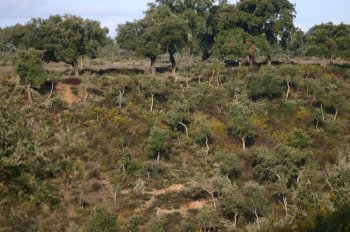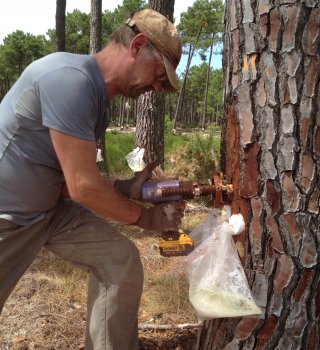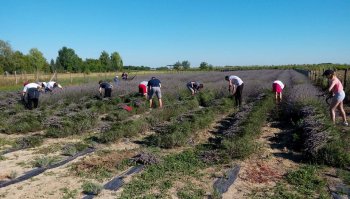Cork oak understory vegetation management
The cork oak forest management involves interventions in the understory with the following objectives: reduction of the fire risk, operationality of the cork harvesting, promotion of cork oak recruitment and reduction of competition for water and nutrients between trees, herbs and shrubs. The techniques currently available for the forest producer to carry out these operations are: the practice of grazing and / or mechanized interventions (harrowing, shrub cutter, shredding). The choice among several mechanical techniques should consider cork oak sustainability and the potential impacts...



